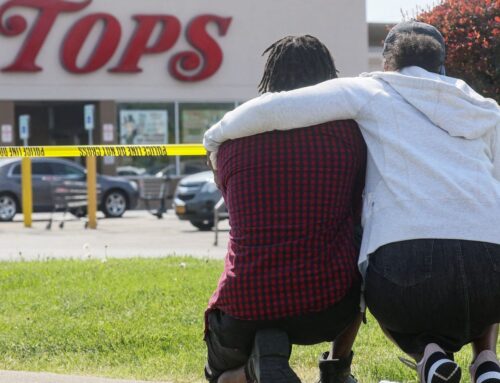 Children’s brains grow explosively during the first three years of their lives. Neural connections are made during these years which, if properly nurtured, build a solid base for future success in school, relationships and life. Alternatively, if a child experiences severe stress and trauma during this period, this can lead to emotional and social issues, and delay development. This science isn’t new. So why does the U.S. spend about 6 times less on early childhood care and education as we do on K-12?
Children’s brains grow explosively during the first three years of their lives. Neural connections are made during these years which, if properly nurtured, build a solid base for future success in school, relationships and life. Alternatively, if a child experiences severe stress and trauma during this period, this can lead to emotional and social issues, and delay development. This science isn’t new. So why does the U.S. spend about 6 times less on early childhood care and education as we do on K-12?
Bank Street College, a leader in early childhood education for more than a century, discusses all this and more in its recently released report, “Investing in the Birth-to-Three Workforce: a New Vision to Strengthen the Foundation for All Learning”. This report presents a framework to transform infant/toddler educational development in the U.S. Created in partnership with early education leaders and experts across the country, it offers four recommendations to improve outcomes for all infants, toddlers and their families:
- Improve opportunities for infant/toddler educators to learn more about how to foster healthy child development. They suggest year-long residency programs based on those developed at Bank Street;
- Improve compensation of early education teachers and child care workers;
- Strengthen the leadership and the systems that govern and support early education programs;
- Generate public support for these extensive reforms and additional investments;
The report acknowledges that the road to adaptation of these recommendations is long and difficult, but notes that without these critical investments we are squandering a valuable opportunity to help all of our children. It is a sobering but important read.
But meanwhile, if you are a parent, family member or caregiver of infants and toddlers, there are lots of things you can do to strengthen those rapidly growing brain connections. The website Zero to Three offers lots of suggestions, including the innovative “baby brain map” which shows how and where the different area of the baby’s brain develop, and what you can do to support and encourage this development. Helpful information like this is out there; we just have to find it and use it!





